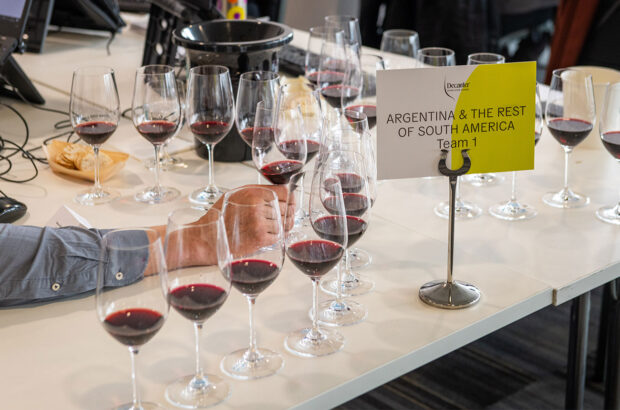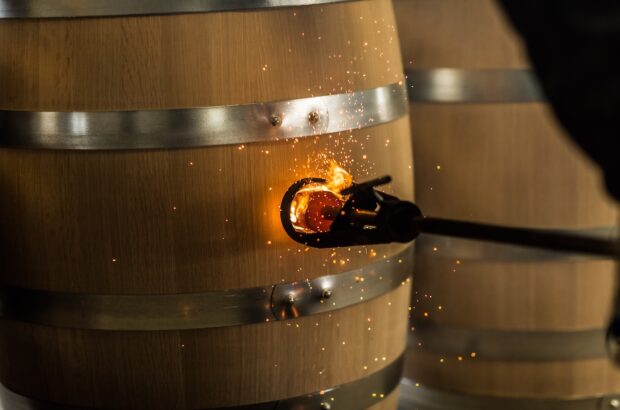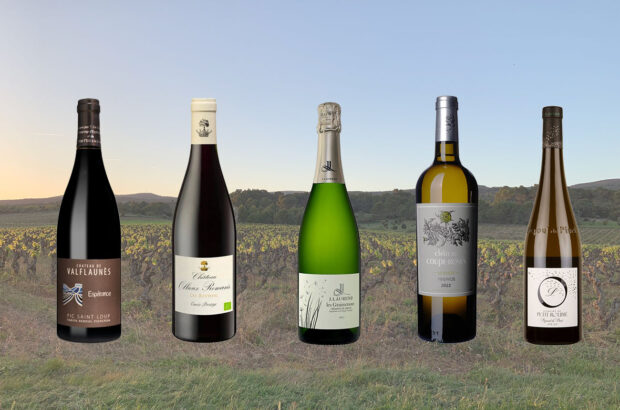Rioja was distinctive because of its sweet vanilla scents, medium body and smooth finish. Today, most wine drinkers will order a glass of Rioja expecting something similar, albeit at much higher quality levels.
However, many wine lovers aren’t yet aware of the new wave of wines in Rioja. These are the wines driving change in the region – and creating a turning point for Rioja on the world’s premium wine scene.
There are many reasons for this lack of awareness. First and foremost, every year Rioja produces more than 200 million litres of very decent and affordable red wine, in a style that delivers what many drinkers want – and what they are willing to pay for.
Secondly, the EU legal framework for appellations of origin can be quite confusing. For the best-known appellations in France or Italy, the geographical indication refers to a very particular style of wine. For instance, AP Margaux is a red wine; Château Margaux’s white wine cannot bear the name Margaux but is called Bordeaux. Brunello di Montalcino is an oak-aged red wine made of Sangiovese, while Chablis is always Chardonnay, white and dry.
Complexity and diversity
In Spain, a ‘Denominación de Origen’ often means a territory in which a wide array of wine styles is made. In this respect, Spain is closer to the New World than classic Europe.
Rioja is an excellent case in point. Within the appellation of Rioja, you can find red, white, rosé, sparkling and even sweet wines. Any of those wines can be young or aged, using the legal definitions of crianza, reserva or gran reserva, which determine minimum ageing periods.
In terms of geographical origin, these wines can be just Rioja, or come from one of the three sub-regions: Rioja Alta, Alavesa and Oriental. Within each sub-region, they can be made in a particular municipality, or even be made with grapes from a single vineyard (viñedo singular). Not so simple, then…
Such complexity is not capricious red tape, but the legal reflection of Rioja’s reality. Rioja is not –and cannot be–a type of wine. It is a whole wine country. Its territory gives ground to produce an impressive diversity of wines, which is bound to increase.
The Rioja region spreads across 100km in length, covering a huge variety of soils, exposures and climates, in four ‘autonomous regions’ (a bit like counties). It is also home to nine valleys, featuring markedly different macro-terroirs. In addition, three different climate patterns converge in Rioja: continental, Mediterranean and Atlantic. The appellation rules embed these complexities.
Pushing boundaries
Nowadays, Rioja is a hotspot for quest and innovation. A new generation of vine-growers and winemakers is rethinking the region, trying to understand its thousands of terroirs from a different perspective. They’re making wines that could not even be imagined previously.
For red and white wines, site specificity is the key driver. More than 120 single vineyards have been approved to date by the appellation’s council. A creative – and, in consequence, somewhat chaotic – movement towards a Burgundy model is taking place. Once it is proven that the wines are worth the effort, I think that a simpler terroir classification will be developed.
White wines, mostly those fermented and aged in oak, are a particular focus. The wine trade and drinkers alike are talking enthusiastically about these wines, which develop a lot of complexity after years in bottle. On top of that, grape varieties that were authorised a few years ago are now demonstrating their contribution to Rioja’s quality panoply. Maturana Blanca, Tempranillo and various clones of Malvasía are behind some of the great new Rioja whites.
Sparkling wine is the most recent category in Rioja’s catalogue. It was approved with a high ambition: méthode champenoise, minimum 15 months on lees, limited yields. The first vintage in this new sparkling wine category was 2017, with just a handful of wineries producing examples, including Bodegas Vivanco.
There is a sound rationale for this new category. Firstly, a century-old experience of producing sparkling wines in Rioja. Secondly, the excellent adaptation of some particular terroirs, and of Viura and Malvasía grape varieties, to this type of wine. Finally, the experience gained from the early days when Bilbao’s citizens drank a brand of Rioja sparkling popularly known as ‘Bilbao water’.
Hidden gems
I finish with the two less well-known types of wine in Rioja. The first is supurao – a traditional, very particular style, made with desiccated red grapes. Production is minimal and the wines are difficult to find – but trust me, it’s worth the effort.
Second, the current array of amazingly distinctive rosé wines in Rioja is impressive. One area, Cordovin, would merit an appellation on its own, just for its Grenache-based rosé wines, so distinctive are they. The gran reserva rosés, whose flagship is Viña Tondonia, are the subject of speculation for avid collectors. Meanwhile, other styles of rosé, such as the Carignan-based example from Murrieta and many others, are adding complexity and fun to a category of Rioja wines that is set to be prominent in the future.
As I’ve said, Rioja is not a wine, it is a whole wine country that is now in a period of effervescent creativity, based on sound knowledge and love for the land. Be ready to be surprised by Rioja.
In my glass this month
Marqués de Murrieta, Castillo Ygay Gran Reserva Especial 2011 (£213 Berry Bros & Rudd) is a delicately and slowly aged wine, made with top fruit from a single vineyard, the perfect mixture of a classic approach and deep knowledge of vineyards and wines. A chef-d’oeuvre that sings Rioja now – and will do for the next 70 years, at least. An impossible combination of density and smoothness, of complexity and gentleness, and of sound structure and delicate expression. This is Rioja!













